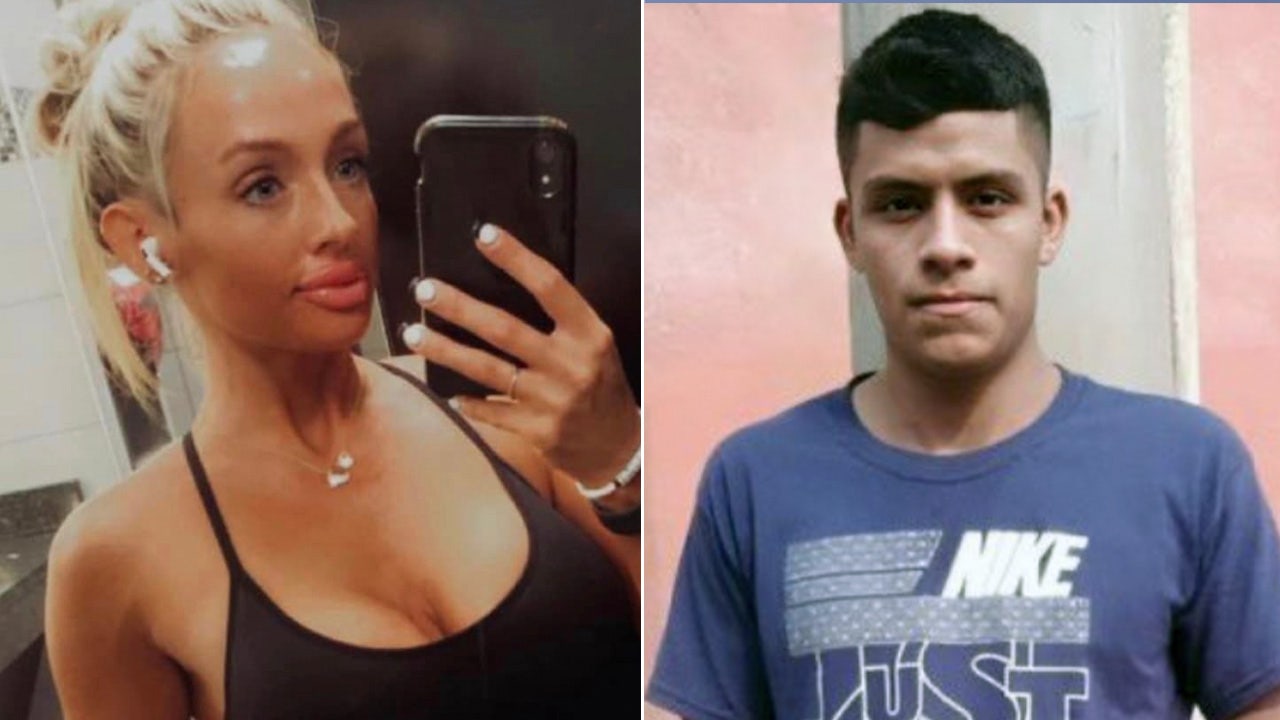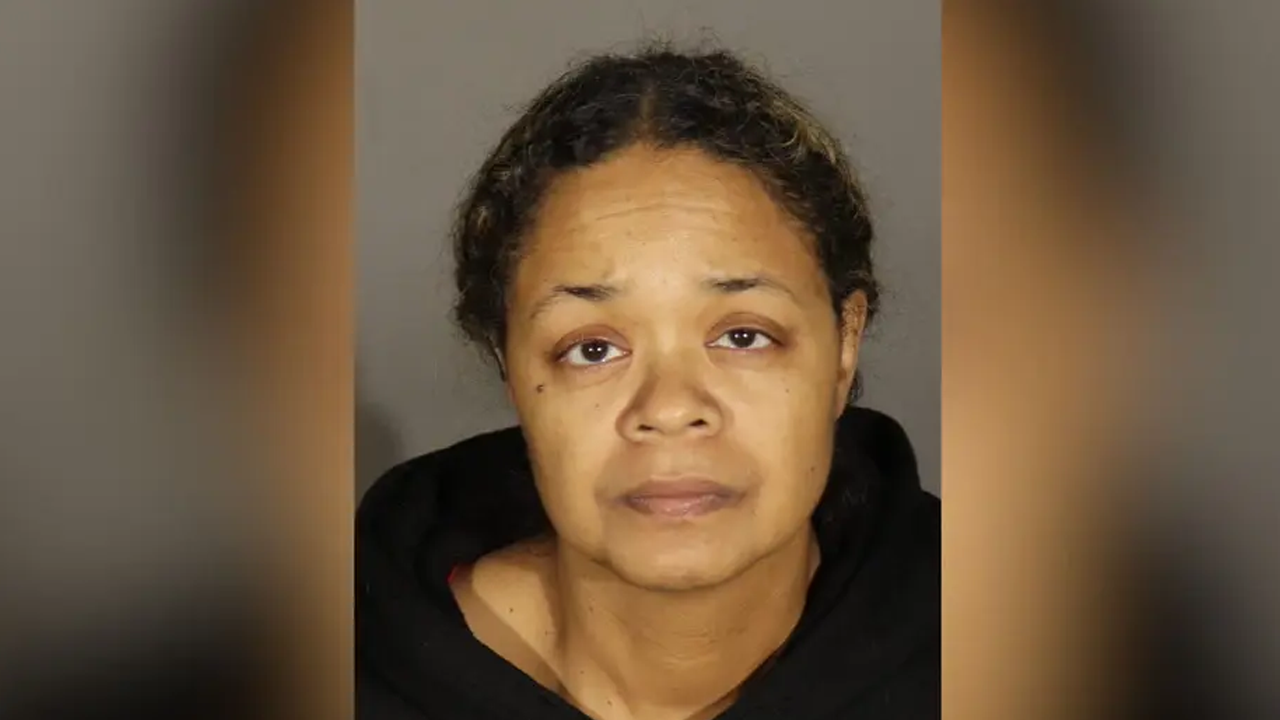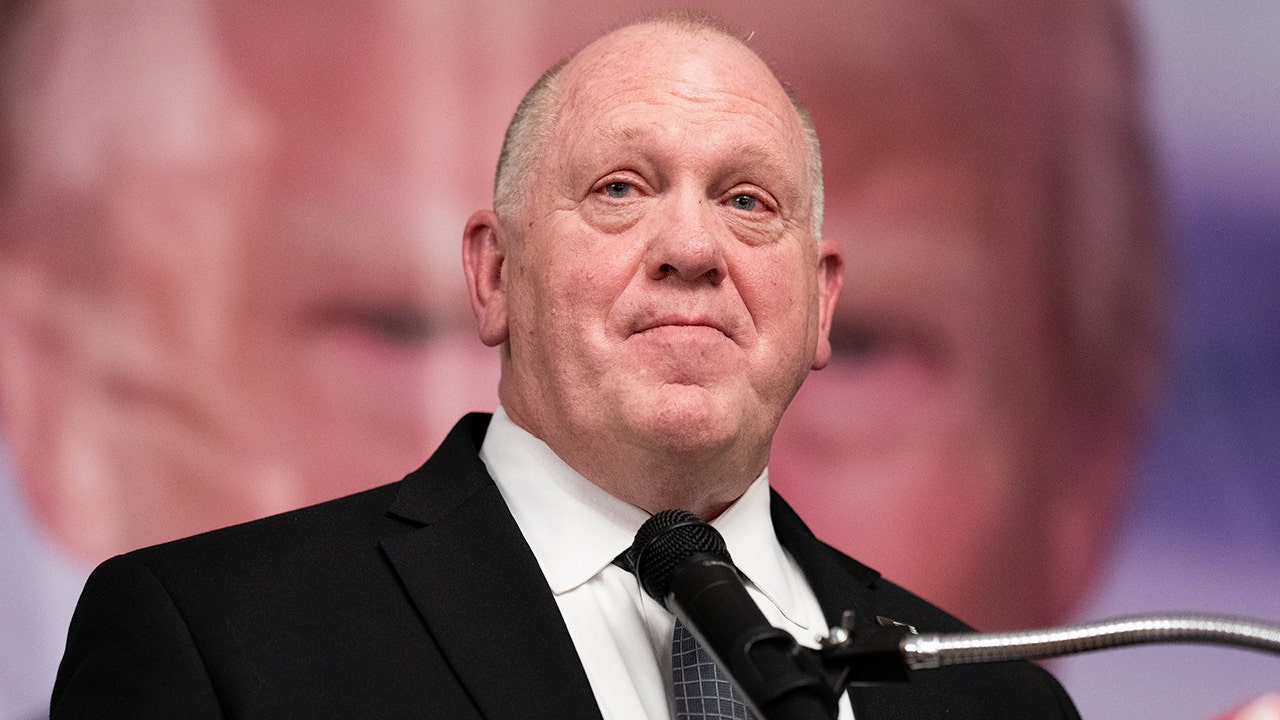A lawyer representing Donald Trump in his criminal trial in Manhattan spent more than two hours today attempting to undermine the credibility of one of the prosecution’s most high-profile witnesses.
“You made all this up, right?” the lawyer, Susan Necheles, asked Stormy Daniels, whose account of a sexual encounter with Trump spurred the hush-money agreement at the heart of the charges against the former president. Daniels responded with a forceful “No.”
Daniels’s two days of testimony, which concluded this afternoon, was in all likelihood the most dramatic chapter of the first criminal trial of an American president. Over nearly eight hours, she recounted under oath the graphic details of a one-night sexual encounter with Trump in 2006. And today she shot back at suggestions that she was in it for the money: “Not unlike Mr. Trump,” she said.
Prosecutors intended her testimony to bolster belief in the alleged tryst, which Trump has denied, and that it led to the payoff and the documents at the heart of the case. The defense unearthed inconsistencies, noting that she had denied the fling at various points.
The verdict could hang on the testimony of Michael Cohen, Trump’s fixer. Daniels testified that she “accepted an offer” from Cohen in the waning days of the 2016 campaign — the $130,000 hush-money payment prosecutors have accused Trump of falsifying documents to cover up. Cohen’s testimony is expected in the coming days.
Entourage: Trump’s advisers discussed the need to have supporters in the courtroom. Allies have included Eric Trump, the only Trump family member to attend the trial; Senator Rick Scott of Florida; and Natalie Harp, “the human printer,” who often carries a device to provide Trump with hard copies of mood-boosting articles and social media posts.
Cease-fire talks stalled after a flare-up over Rafah
Israeli and Hamas delegations walked away from negotiations today in Cairo, where the two sides had been discussing a deal for a six-week pause in fighting and the release of dozens of hostages. One official said that anger had flared over Israel’s incursion this week into the southern Gazan city of Rafah.
The pause is a notable setback given that the White House had publicly suggested that a cease-fire deal was within reach, and some officials believed one could be agreed to this week. Still, one official briefed on the talks said that negotiators believed the disruption would be only temporary. Here’s the latest.
A prominent columnist in Israel said the rift between the U.S. and Israel over the invasion of Rafah was the most serious conflict between the two countries since 1982, when the Reagan administration suspended some military aid during Israel’s war with Lebanon. Here’s what we know about the weapons the U.S. has sent Israel during the current conflict.
In related news, tens of thousands of people have already fled Rafah since Israel called for a partial evacuation of the city on Monday. The W.H.O. warned that hospitals there were running out of supplies.
Ukraine struck an oil refinery deep within Russia
A Ukrainian drone hit a Russian oil refinery today more than 700 miles from the Ukrainian border. The attack served as a sign that Ukraine has become both capable and willing to strike deep inside Russia.
An official from Ukraine’s special services said the country was also responsible for two other drone strikes overnight that hit oil depots. Ukraine has dismissed American pleas to stop attacking refineries, which the U.S. worries could affect global oil markets.
More top news
Missed out on a 3% mortgage? Some are still available.
If you’re looking for a 30-year loan to buy a house, you are likely to be quoted a mortgage rate around 7 percent. For many people, that’s prohibitively high — spurring interest in what are known as assumable mortgages, in which a buyer can purchase not just a house, but also the lower-rate mortgage that the seller had been paying.
However, assumable mortgages are not for everyone: The process can be challenging, and the down payments hefty. Here’s what to know.
The world has gone mad for hot honey
Hot honey was introduced to the American masses just over a decade ago as a sweet-and-spicy topping for pizza. Restaurants and packaged food companies steadily incorporated it into all kinds of products, including Sweetgreen salads, KFC chicken, Utz potato chips and ice cream. Now it’s hard to avoid hot honey — some Starbucks stores will even add it to your drink.
And it’s not too hard to make at home. Here’s our recipe.
Why hot and cold water sound different
It might surprise you, but most people are quite good at distinguishing between the sounds of a hot liquid and a cold liquid being poured.
Cold water tends to sound bright and splashy, while hot water sounds frothy. According to a study, the reason may have to do with the size of the bubbles, which create most of the sound we hear in moving water. Try it yourself; I put the answer at the end of this newsletter.
Have a sparkling evening.
Thanks for reading. I’ll be back tomorrow. — Matthew
We welcome your feedback. Write to us at evening@nytimes.com.
Answer: The first of the two pours is cold water.






